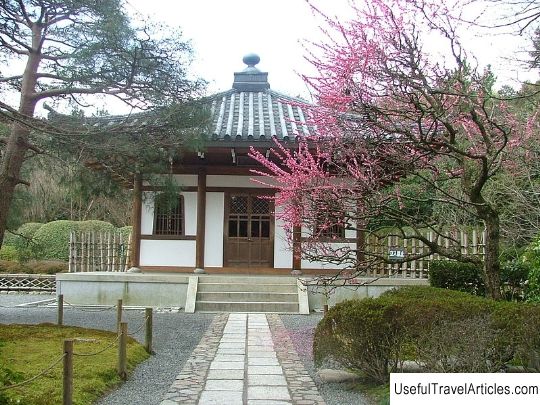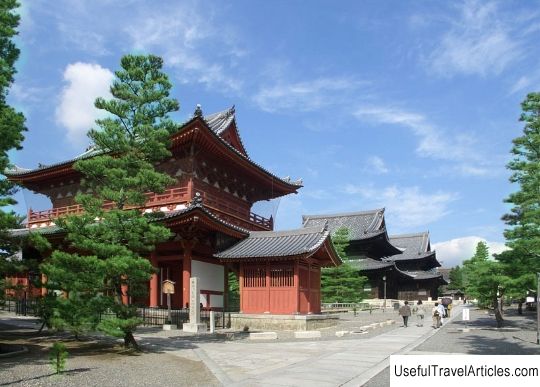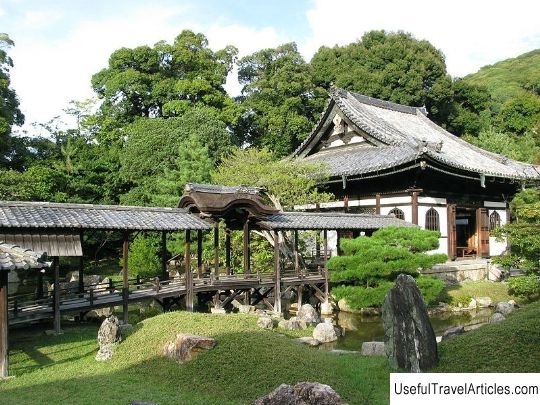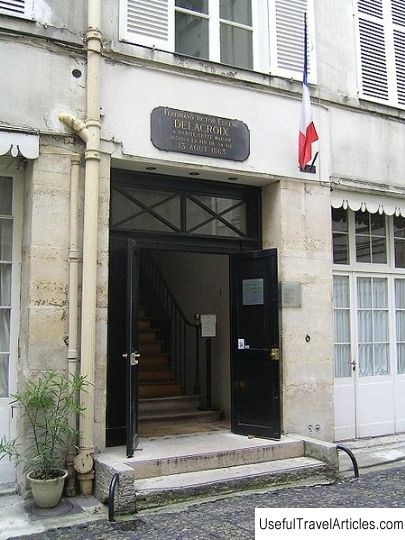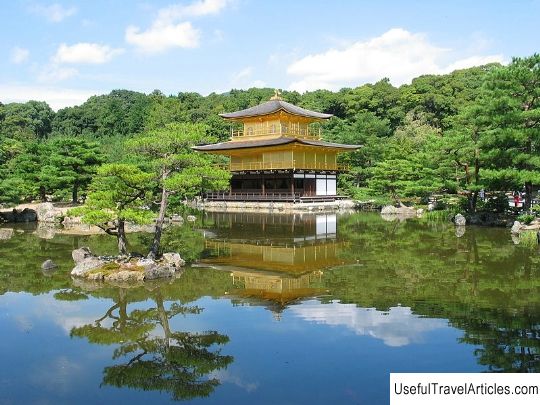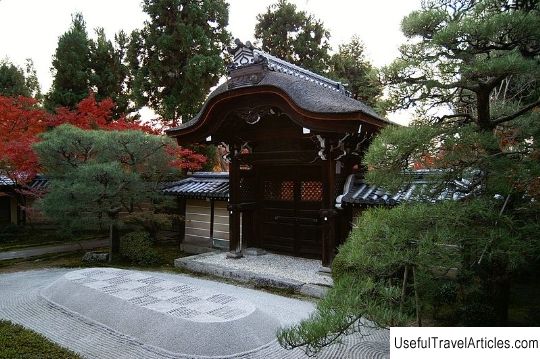Ryoan-ji Temple description and photos - Japan: Kyoto
Rating: 7,8/10 (689 votes) Ryoan-ji Temple description and photos - Japan: Kyoto. Detailed information about the attraction. Description, photographs and a map showing the nearest significant objects. The name in English is Ryoan-ji. Photo and descriptionThe Ryoan-ji Buddhist Temple is widely known for its Rock Garden. The garden was created for the meditation of monks, according to one version, its author was the master Soami, according to the other - the master, whose name is unknown. Ryoan-ji, or the Temple of the Resting Dragon, was founded in 1450 by order of the military leader Hosokawa Katsumoto. Also, his patrons were the rulers Toyotomi Hideyoshi and Tokugawa Ieyasu. During the civil war, Onin Temple, like many buildings in Kyoto, was ravaged and burned. The temple is located in the northwestern part of Kyoto near the Kinkaku-ji Golden Pavilion and is included in the UNESCO heritage list. Ryoan-ji is run by the monks of the Myoshinji school of the Rinzai branch. The Ryoan-ji Rock Garden is the most famous in Japan. Since the garden is located at the temple, then you can only get into it by going through the temple, and you can contemplate it only from the veranda of the temple. The author of the garden put a riddle in it: from whatever side you look at the garden, only 14 stones will be visible. To see all fifteen, you need to either climb to the height of a bird's eye view, or reach an enlightened state, which Buddhist monks strive for. The Rock Garden is a 30 by 10 meter area surrounded by a clay wall. The site is covered with white sand and gravel; along this surface, furrows were drawn with a special rake, running parallel to the long side of the garden, and around the stones diverging in circles. The stones are placed in groups: one of them has five stones, two - two and two - three. The only accent of color in the garden is the moss framing the stones. There are several interpretations of the meaning and location of the stones. According to one of them, stones mean mountain peaks, and sand - clouds. According to the second, sand symbolizes water, and stones - islands. According to the third, the stones are a tigress with cubs swimming across the river. There are other attractions in the temple. For example, a stone vessel Ryoan-ji Tsukubai, the water of which is intended for ritual ablutions. The reservoir of the source resembles a Japanese coin, and the inscription on it can be translated as “This knowledge is enough.” There is a pond on the territory of the temple, which is a popular place for young Japanese couples. The fact is that the pond was chosen by the Japanese oshidori ducks, which are considered a symbol of loyalty. The small island in the middle of the pond is called Bentenjima and is dedicated to the goddess Benten, one of the seven Shinto deities of fortune.         We also recommend reading Drottningholm Palace description and photos - Sweden: Stockholm Topic: Ryoan-ji Temple description and photos - Japan: Kyoto. |
